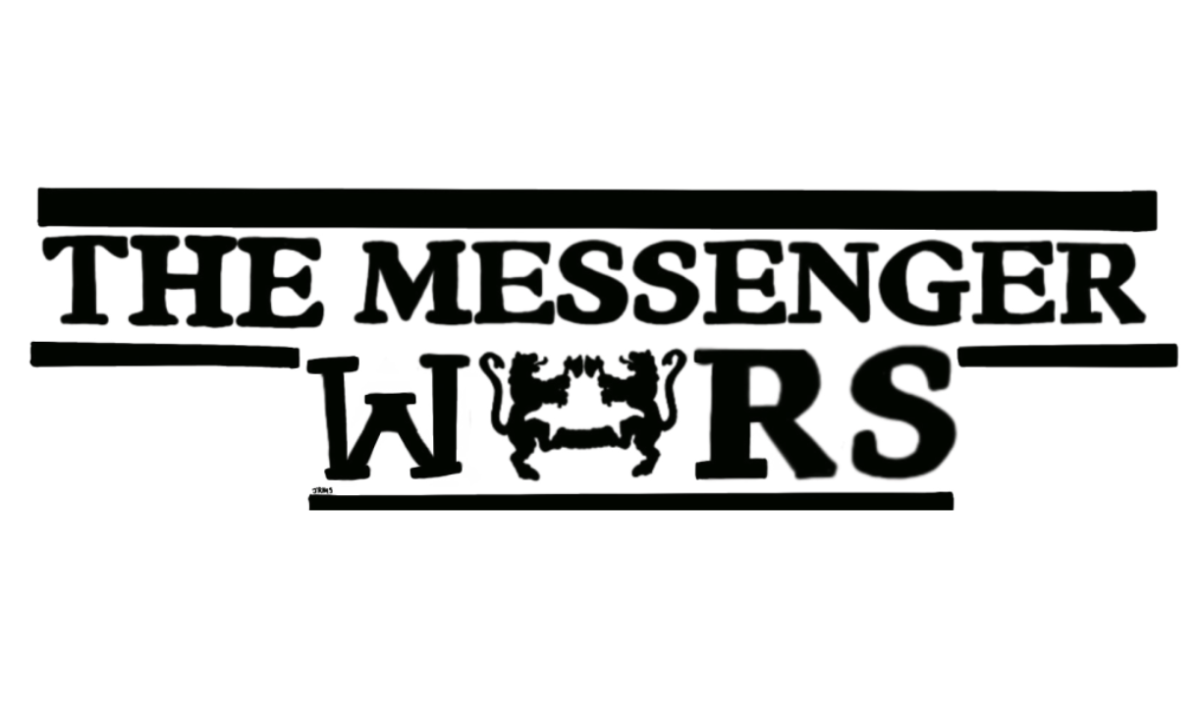When you are trying to read your college newspaper, but you remember that bees are dying at an alarming rate.
Since the diagnosis of Colony Collapse Disorder (CCD) among honeybees circa 2006/2007, the internet memelords have taken the fate of these pollinating insects as their recurring pet project – usually as a sort of symbol for the underlying anxieties of modern society. This semi-fixation on the bee problem has only been exacerbated recently by a Cheerios marketing campaign that offers to send folks free packets of wildflower seeds to help “save the bees.”
The problem with this, however, is that the bees don’t really need saving – at least not in the way Cheerios is trying to do it. First of all, let’s acknowledge that there is a difference between honeybees and bumblebees and that they face different issues.
Honeybees are actually doing just fine. Despite the scare over CCD a decade ago, the population has bounced back and is even the highest it has been in 20 years. Beekeepers have done an excellent job at managing their bee populations to compensate for the fluctuation. This was an easy fix; CCD was not just the random disappearance or mysterious death of honeybees, it was an increase in the population drop that naturally occurs in a hive during the winter. Because of this, beekeepers were able to fix it with their normal methods of repopulation, just to a larger degree. Although it did lead to an increase in the production costs of honey for a time, the honeybee population was never in a state of crisis. This, in conjunction with the substantial decline in CCD over the past five years according to the EPA, makes it seem that the pointed removal of Buzz the Bee from boxes of Honey Nut Cheerios is a hyperbolic and, quite frankly, sensationalist move.
So honeybees are doing okay, but what about the bumblebee? This is where the trouble lies. Some types of bumblebees are in fact facing decline. Just last month we saw the first entry of a U.S. bumblebee onto the Endangered Species List – an action that was delayed for about a month by the Trump administration’s attempts to dismantle environmental regulations. This is an actual issue that does need to be grappled with. But the solution that Cheerios is pushing is a comically ineffective one. Planting some seeds is going to save the bees? It is not a lack of garden flowers to pollinate that is threatening honeybees, it is the excessive implementation of commercial pesticides in the agriculture industry as well as habitat loss caused by climate change. We need to save the bees so that they can help us pollinate our plants, not vice-versa. To think that planting the Cheerios seed packet is going to do anything to save the bees is like thinking that a “COEXIST” bumper sticker is going to in anyway solve worldwide religious conflict.
By promoting this hollow, empty gesture masquerading as environmentalism, Cheerios is inadvertently drawing attention, focus and resources away from the real actions that can be taken to save the American bumblebee. Perhaps the money used to package and ship thousands of free seed packets could have been better spent towards accurately educating the public on the issue and encouraging them to write their local representatives to implement substantial environmental legislation that can truly address the issue at hand.
Chaz Mayo ’18 ([email protected]) is from Rice Lake, Wisc. He majors in theater with a concentration in film studies.


